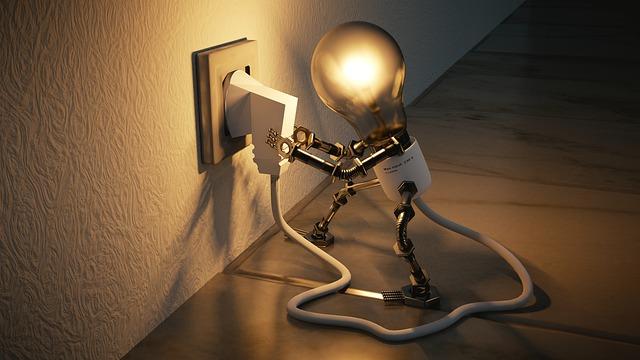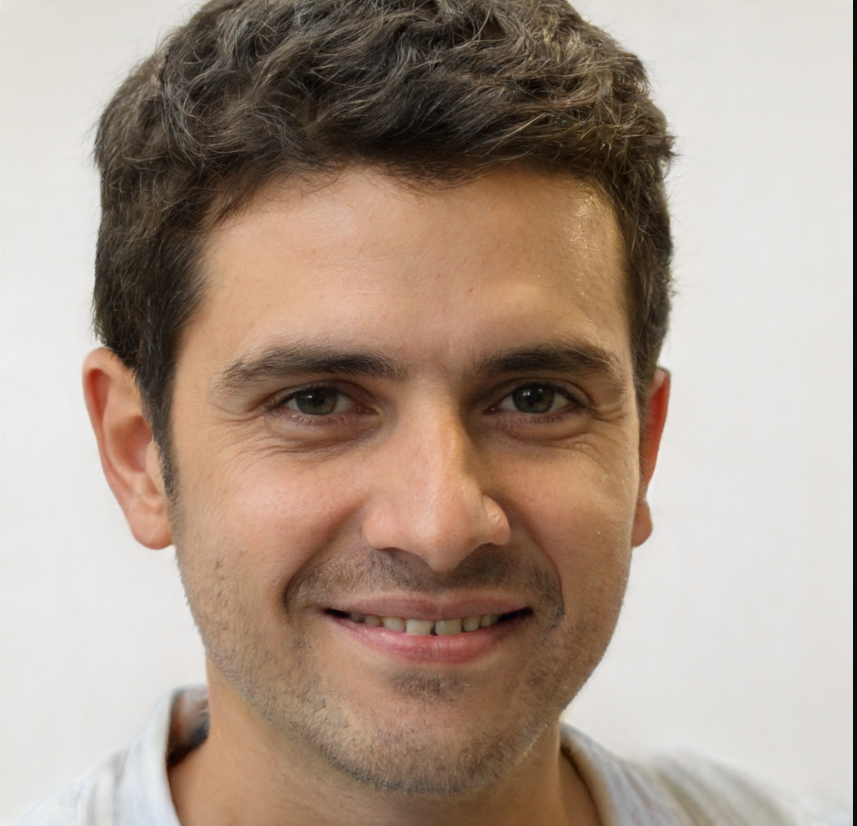"I hope I have helped to raise the profile of science and to show that physics is not a mystery but can be understood by ordinary people." -Stephen Hawking
It is rare that a subject doubles up and provides students with exciting material to delve into over the course of their study as well as exciting career prospects for when they finish.
Physics is known as the knowledge of nature and is the natural science that studies matter, motion and its behaviour through space and time. While studying physics, pupils learn more about energy and force.
Some may think that physics is too difficult of a subject to grasp due to its equations and inspection of scientific topics. Nevertheless, this is not the case due to the fact that it is a scientific discipline that can be studied by all interested ones no matter what their previous expertise was.
In Ireland, physics and its various sub-topics such as energy can be studied as a Leaving Cert subject when students are in their last years of secondary school. For those seeking extra guidance, consider exploring physics grinds to boost your understanding.
In this article, I will examine the Leaving cert Physics Syllabus' Energy chapter in order to help potential students decide if this syllabus is for them. I will closely review the Leaving Cert Physics Syllabus that is offered by the Assessment and Qualifications Alliance (AQA) in a series of articles.
Let's jump right into it!
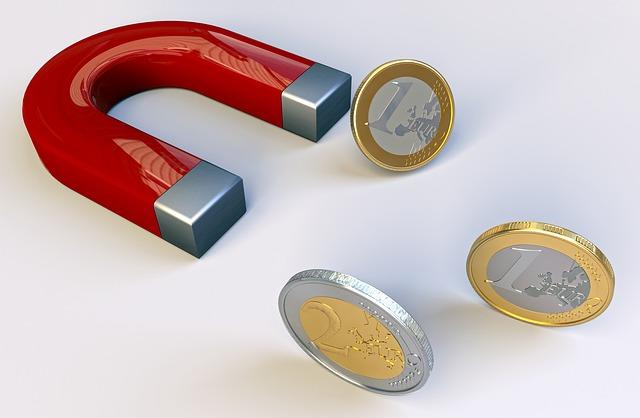

Learning about Energy in secondary school
Contrary to any preconceived notions that you might have surrounding the term energy, it is actually quite a broad concept with many accompanying definitions.
If you have studied physics in the past then you might already know that energy is a scalar physical quantity associated with the state of one or more objects.
When I say it is a broad term, this is largely due to it being defined as the potential to do work or produce heat, which is a process that happens in almost all living organisms across the world and also in just about any piece of technology that we can think of today.
Energy is often considered to act as a currency for performing work, we expend it to perform any task even passive processes such as digestion and breathing. The bottom line is that you must have energy to accomplish work.
In order to do 1 kilojoule worth of work, you must expend 1 kilojoule of energy. It is important to note that this can also be misleading since energy is not always available for you to do work.
Energy often needs to be transformed from one type to another and transferred from one object to another. This is why we eat food, where we get energy in the for of calories!
One of the most interesting properties of energy is that when it is transformed from one type to another or from one object to another, the amount of energy remains unchanged.
Energy can be transferred in one of four energy transfers known as:
- Mechanical work,
- Electrical work,
- Heating,
- Radiation.
Energy is also far more important than you might have thought before delving into the material throughout the leaving cert programme.
Historically energy sources have always played a very important role in the development of human society. Particularly since the industrial revolution when it was a driving force for modern civilization development.
Efficiency
Devices such as televisions, refrigerators and washing machines are designed to waste as little energy as possible. As much energy input as possible should be transferred into useful energy stores. Efficiency is defined by determining how good a device is at transferring energy input to useful energy output.
An efficient device wastes very little energy and an inefficient device waste a lot of energy.
Students in this section learn equations to determine efficiency as a decimal or percentage. The equations are as follows:
- efficiency = useful energy transferred ÷ total energy supplied
- percentage of efficiency = efficiency × 100
- percentage of efficiency = useful energy transferred ÷ total energy supplied × 100
Examples and questions of efficiency and power are analyzed in the Leaving Cert subject of Physics.
Students next analyze the equation of power. The more powerful a device the more energy it will transfer per second. Calculating power can be done using a simple formula that is not too difficult to grasp:
 or
or 
On the other hand, Power is measured in watts (W), work done (W) is measured in Joules (J), and time (t) is measured in seconds (s).
One watt is equal to one joule per second (J/s). This brings students to the conclusion that for every extra joule that is transferred per second, the power is increased by one watt.
Your maths and physics tutor can help make them clearer for you!
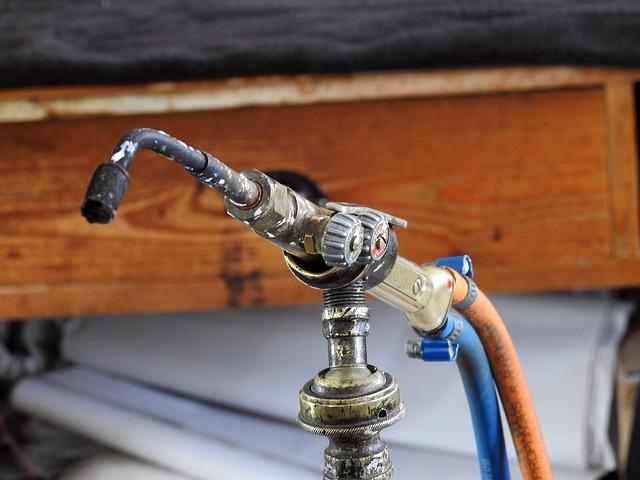
The Future of Energy
There is a reason why more and more students are turning to take up physics and other physics-related disciplines such as general science and engineering in college and it’s because of its prevalence as a driver in contemporary markets and the subsequent prospects for employment that it provides graduates.
In the contemporary business landscape, we have seen technology become one of the main drivers of economic and social development. The rapid advancement of Information Technology experienced around the globe has transformed not only the way that we think but also the way that we act.
As it stands at present, fossil fuels remain the world’s predominant energy source and their extraction, production and use are not considered to be efficient regardless of the new technologies available to improve their use and extraction. With the increased focus on sustainability, we will see an accelerated push towards alternatives in the near future.
When you study energy at school you will learn about energy resources, and distinguish the primary energy sources and secondary energy sources and their respective roles in our future.
As we distance ourselves from the use of raw materials in how we extract energy and see a shift towards more renewable alternatives, almost all modern technologies run on electrical energy. For this reason, the share of electricity is increasing rapidly, faster than the Total Primary Energy Supply.
It is important to note that non-renewable energy resources damage the earth more than renewable resources. The following table describes the features of some of the most common renewable energy resources used today:
| Energy Resource | Energy Store | Various Uses | Environmental Impact |
|---|---|---|---|
| Geothermal | Thermal | Generation of Electricity and Heating | Very little |
| Hydroelectricity | Gravitational Potential | Generation of Electricity | Local inhabitants and wildlife are affected by large areas that are flooded |
| Sun | Nuclear | Generation of Electricity and Heating | The solar panels are of very little damage to the environment |
| Wind-Power | Kinetic | Generation of Electricity | According to many windmills ruin views and require too much space |
Having knowledge of topics such as energy outside the scope of the leaving cert curriculum can be a great way of engaging with the material and improving your understanding of the subject.
Your ability to adapt this knowledge for your own learning and understanding of the subjects is what will differentiate you from other students when the exams roll around. These skills are important for your professional growth, whether you have aspirations of studying the subject full time at college or not.
The number of students enrolling in physics degrees across the country has also been on an upward trajectory and has been for some time now.
This can largely be attributed to the boom being experienced across engineering and science-related industries. By paying attention and learning key topics such as Energy you might just be paving the way for the future generation of thinkers when you embark on your career.
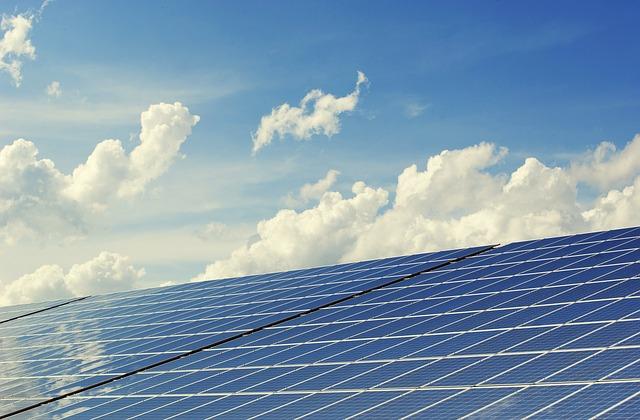
Energy and Heating
In this third section of the topic of Energy, students examine different concepts and perform various experiments. First and foremost pupils learn the basics of how energy is transmitted by conduction, convection or radiation. The conductivity of different materials can be determined by comparing the time taken to transmit energy through them.
Conductors are materials that allow internal or thermal energy to be transferred through it relatively easy. All metals are very good conductors.
Insulators are materials that will not allow the easy flow of energy through it. A cushion on a dining room chair would be an insulator since energy or heat will not transfer through it rapidly.
Get a physics maths tutor on Superprof. If you're based in Cork, you might benefit from physics grinds Cork for specialized tutoring.
It would be wise to observe the other topics considered in the Leaving Cert Physics Syllabus such as electricity, particle model of matter, atomic structure, forces, waves, magnetism and electromagnetism and space physics before deciding to study this Leaving Cert subject.
Note: You can find an online Physics tutor on Superprof.
Choose Superprof when selecting your next physics teacher!
Superprof is a community that comprises millions of tutors around the world. There is certainly no shortage of higher level physics and maths tutors available for physics students just like yourself looking to maximise their grades in the subject.
The service provides students with a degree of flexibility in how they learn. Students are given the opportunity to learn through both ‘in person’ and ‘remote’ options, either in the home of the student or tutor or via webcam.
Many of the higher physics tutors on the platform offer their first session free of charge, so why not try it out and kickstart your journey towards a college education in physics today. If you're based in Dublin, check out physics grinds dublin for tailored lessons.
This can be either in a classroom or in a one-to-one setting via a webcam.
Almost everything needs energy and there are various resources of energy available on planet earth. Some of these energy resources include fossil fuels, nuclear fuel, bio-fuel, wind, hydroelectricity and geothermal just to name a few.
Learn more about the topic with a tutor from Superprof today!

